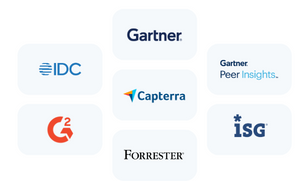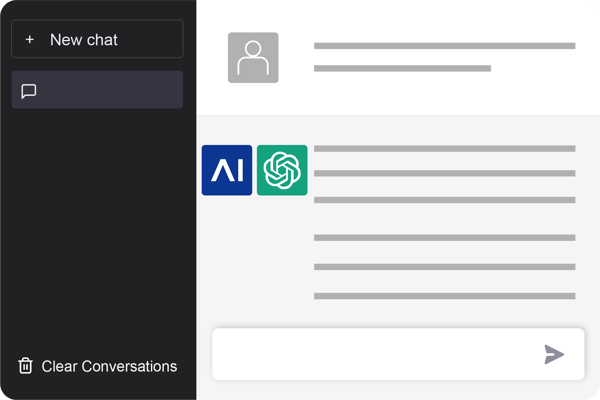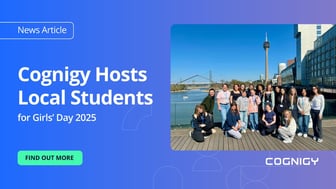Take a behind-the-scenes look at the RFQ process of a Fortune 500 company that is ranked in the top 50 globally and reached over 90% intent recognition in the demo phase.
We show what enterprises demand from their technology providers and how they set up their RFQ.
In this case, we’re looking at one of the world's largest companies from the finance sector who has set up their selection process so precisely, that they could unmask any vendor who was unfit to accompany them on their journey towards success.
Step 1: Identifying the main goals
Identifying their goals early on made setting up the process easier and helped them to stay focused during the RFQ process. The mapped scenario is short but precise.
Scope:
- 90 million calls p.a.
Main goals:
- Automation of 40 million calls (45%)
- Speed up service time
- Radical cost-reduction
Timeframe:
- Reach 45% call automation within two years
Step 2: Creating must-have requirements
Knowing what the achievement should be is a great start, but the second step is to find out what to compare. The above goals can only be met if customers accept and even enjoy the conversational AI experience. A great user experience is always backed by mature functionalities that guide the user naturally and can solve their requests. Additionally, the flexibility of the platform and a global understanding are very important to be able to adapt easily to new circumstances. The list of requirements was boiled down to five main categories which were investigated thoroughly.
Compared categories
- Enterprise Ready
- Agnostic: compatible with multiply NLU and speech providers
- Scalable
- GDPR compliant
- Training materials & programs
- Product Usability & Flexibility
- Low-Code and feature-rich
- Off-the-shelf integrations with other platforms
- On-prem support
- Self-service-ready to empower business units to maintain bots with minimal tech involvement
- Future-Proof
- Solution & product roadmap
- Cloud-native
- Mature provider with a strong customer base
- Extensive SLA’s
- Ability to build AI models in-house
- Unsupervised bot-learning
- Global Reach
- Multiple hosting options
- Network of global service integrators
- Meet local language and legal requirements
- Voice Expertise
- Extensive voice (not just chat) experience
- Telephony and contact center integration
- Large NLU & ASR libraries
Step 3: Validating through PoC
But having this checklist filled with ticks does not mean to have made it to the end. A demo agent should serve as the final basis for the decision and be able to identify 90% of the caller’s intents and serve or route them correctly. Cognigy’s consultants started building the demo together with our customer and were in constant exchange every step of the way. This process was able to prove that the technology perfectly suited the needs of the customer.
The demo voice bot identified 92%-97% of the intents!
The result was a mature voice agent with countless features, ready to take customers’ calls.
Top capabilities achieved in the demo phase
|
|
|
|
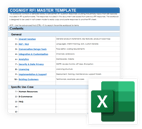
Want to set up your own RFQ? Download our RFI spreadsheet to help you find the right solution.

.png?width=60&height=60&name=AI%20Copilot%20logo%20(mega%20menu).png)



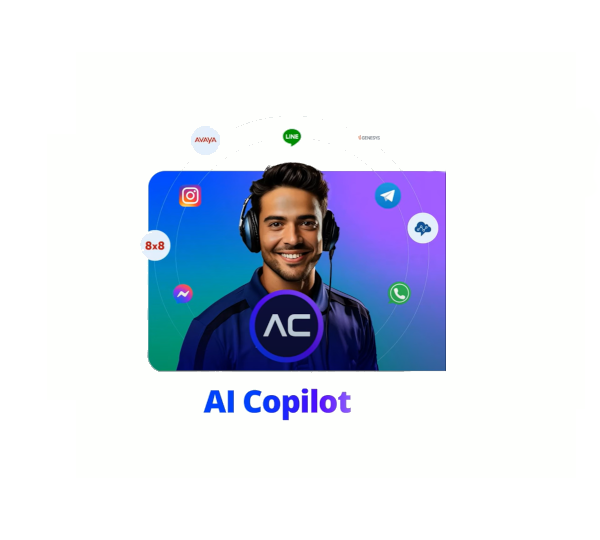
.png?width=600&height=600&name=Knowledge%20AI%20Feature%20image%20(2).png)
